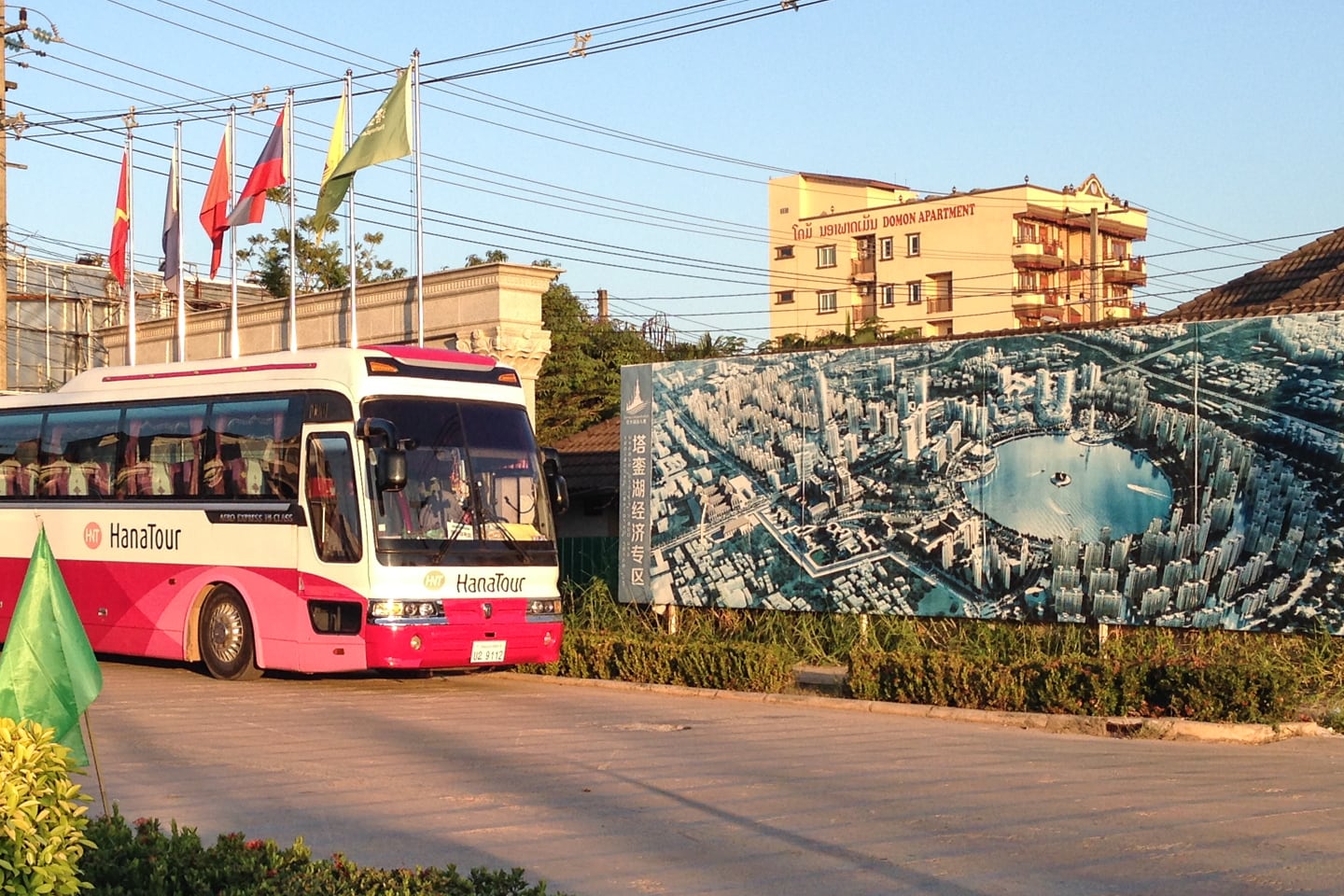
A few years back this Chinese developer had the awesomest idea ever. He was going to invest between US$2-$5 billion turning a swampy marsh in Vientiane, Laos into a high-density, high-rise condo paradise, complete with sporting arenas, fancy shopping malls, water parks, and so much more. Just a yuge, fantastic project for Lao PDR.
Projects such as these are not at all uncommon in China, a country with over a billion inhabitants where exploding economic growth in recent decades has resulted in some of the most ambitious civil engineering projects in the history of humankind.
However, if you’ve ever been to Vientiane at any point in time, or know just a smidgeon about the city (for example, it’s the capital of one of the poorest nations in the world and has just over half a million residents), you may not be so quick to jump on the Chinese developer’s bandwagon.
Be that as it may, the contract was granted in 2011 and ground was broken in late 2012—and a dozen or so very large buildings went up.
Then, the Chinese economy took a nose dive…
…and, well, here we are nearly five years on, with a gaggle of unfinished [and vacant] buildings sitting out in a heap of marshland.
The That Luang Marsh SEZ (Specific Economic Zone)—above, highlighted in grey for SEZ, and blue dashes for, well, marshland—is a five minute walk from our home here in Vientiane.
It’s an ambitious undertaking by any measure, centering around a huge manmade lake, with a series of canals radiating from the center. It was in our backyard this whole time and yet nearly three months passed until we even realized it was there. We knew something was out there, but didn’t know what.
I had seen the big body of water depicted on city maps and wondered about it, but not enough to go check it out. You would have thought that the ginormous gold columns at the end of our road might have piqued our curiosity before now, but I guess not.
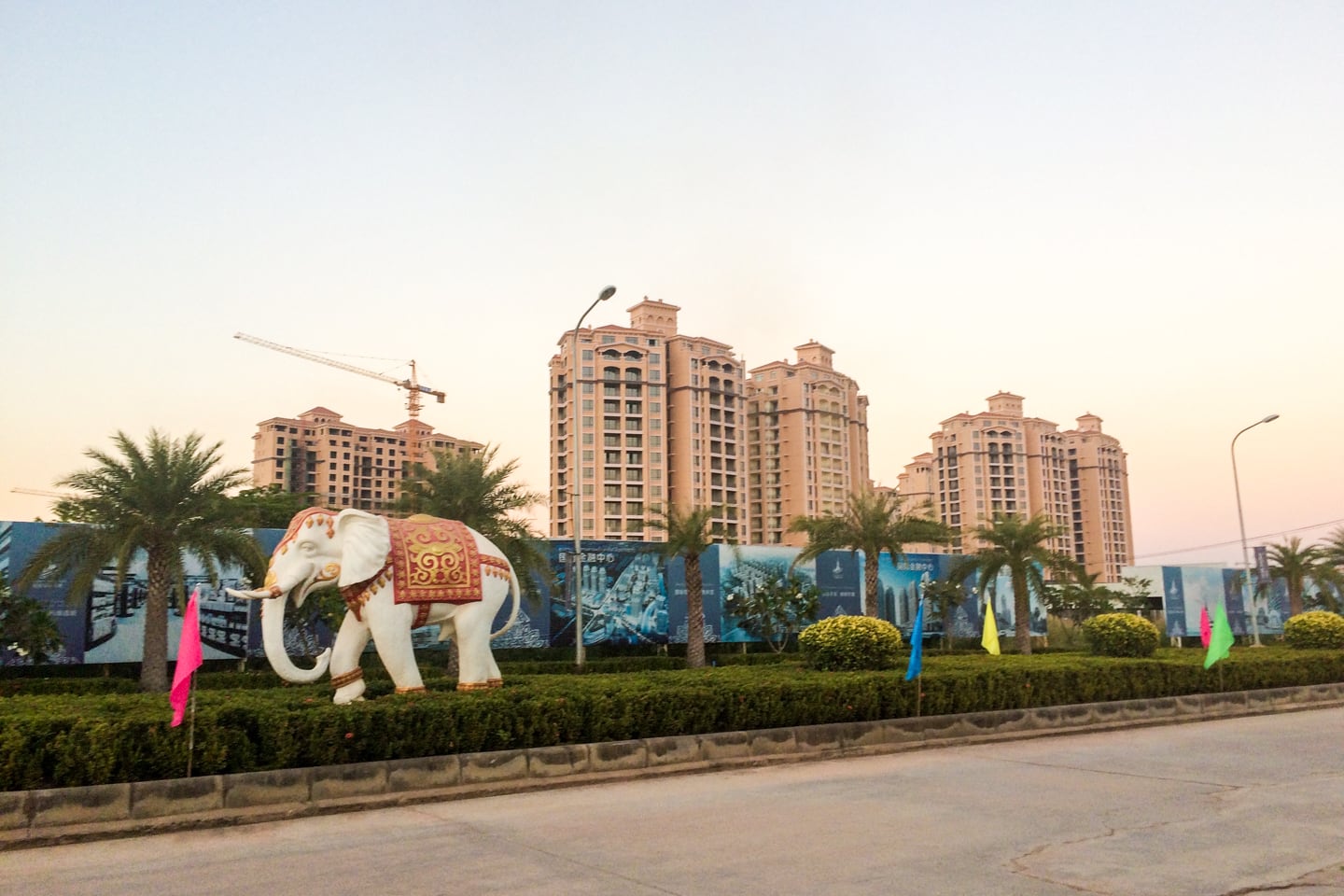
One morning, my wife, Lori, went on a jog, deciding on this particular morning to search out a new route.

Vientiane isn’t the easiest place for a jogger. The sidewalks can be narrow, uneven, and very unpredictable. Crosswalks, traffic lights and stop signs are few and far between—and ignored, for the most part. Dogs are a constant menace. And, there’s always the worry of literally running into the occasional monk coming around the corner—cause you know, bad karma.
So, when Lori spotted a long, pristine avenue devoid of cars, she was intrigued. When she noticed a gaggle of other runners with the same idea, she knew she had found something. But what exactly she found wasn’t quite clear.
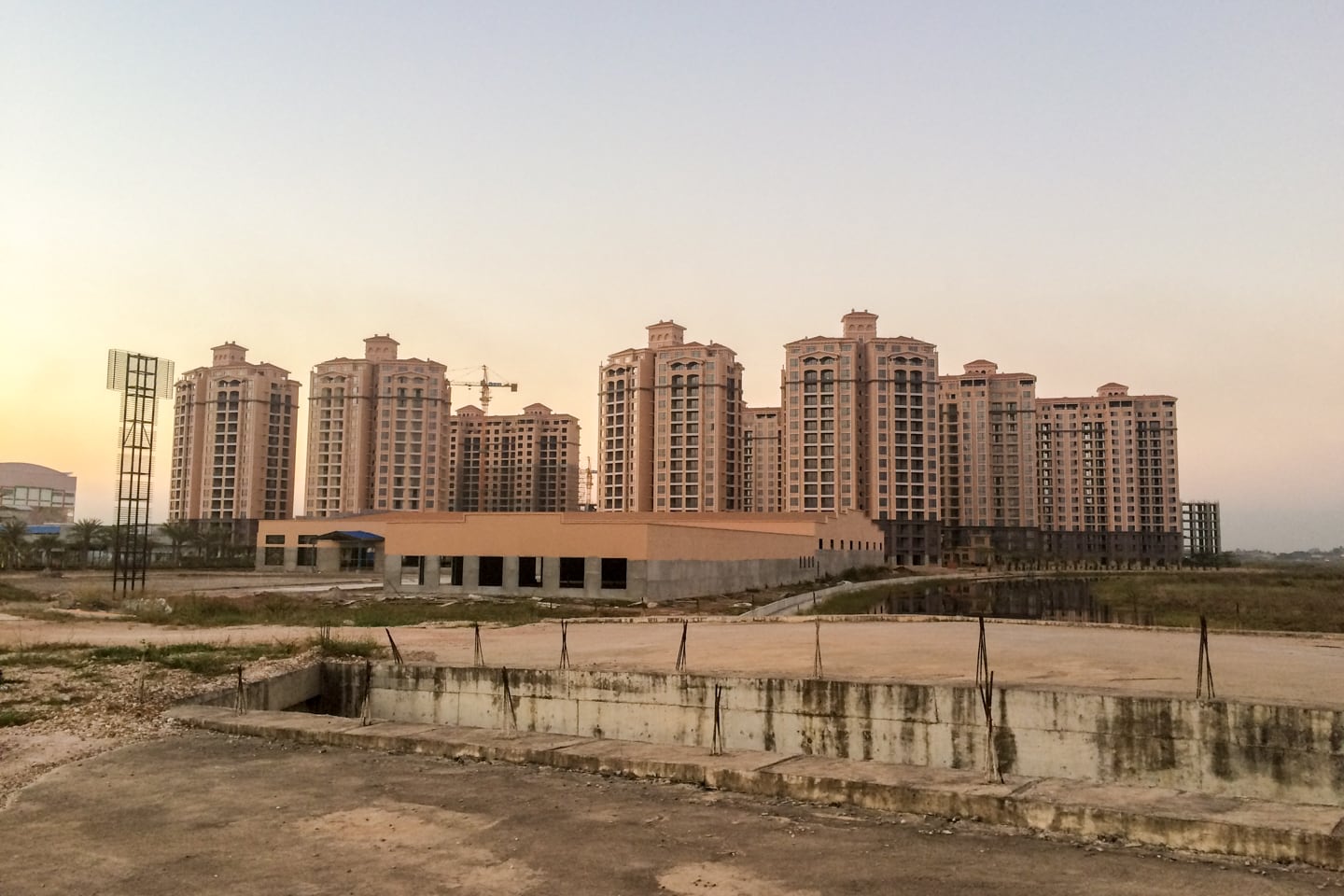
Our dinner conversation that evening went something like this:
L: I found a new place to run this morning.
D: I don’t like you running in deserted places early in the morning.
L: It’s all good. There were a lot of other runners around.
D: In our neighborhood? Yeah, right!
L: It’s like a deserted city. Like one of those Chinese ghost cities.
D: And that’s supposed to make me feel better?
L: Down at the end of our road. There aren’t any cars. Lots of people out. The road goes on for miles. It’s great!
It was obvious it was time I checked this place out for myself.
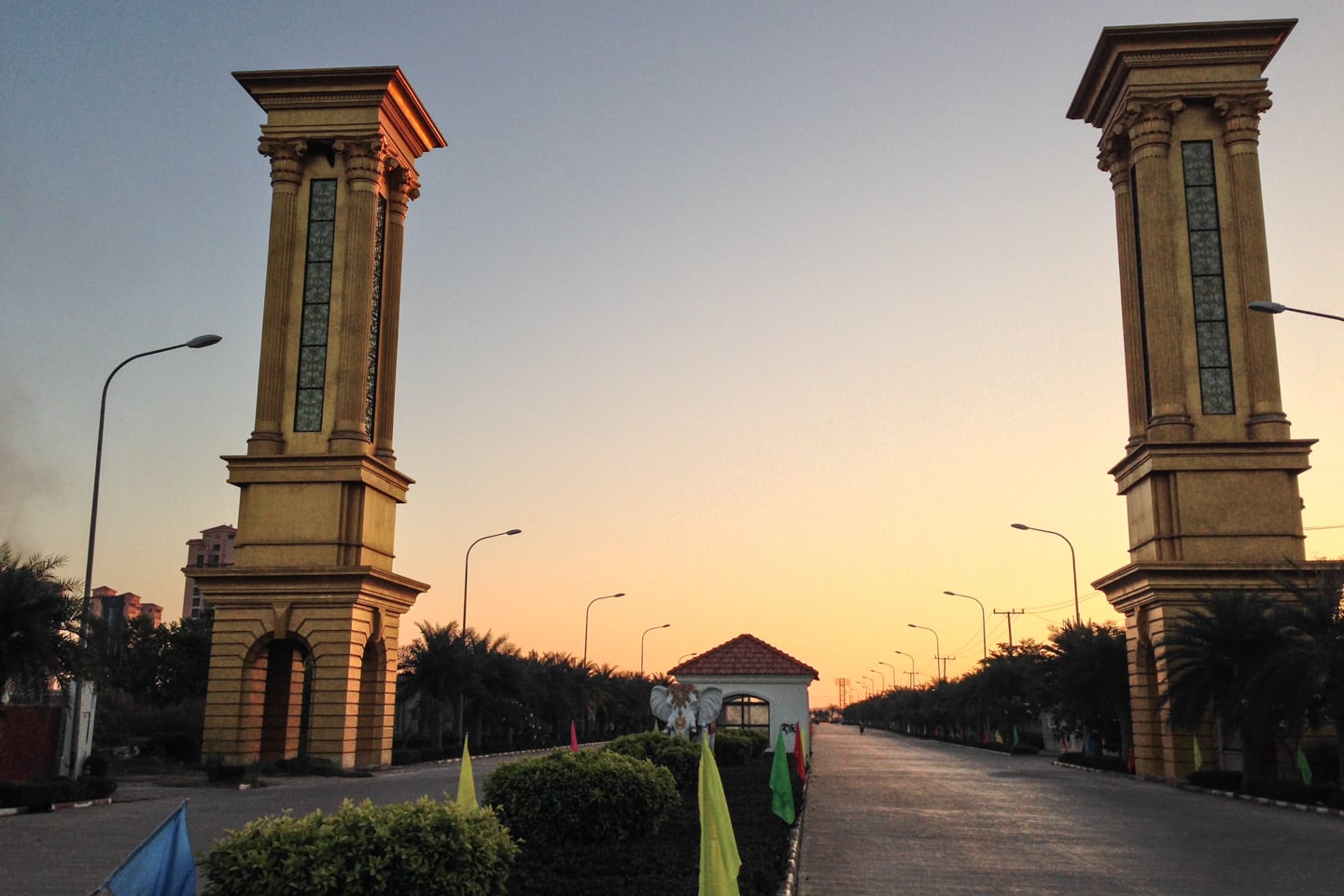
I followed the unusually wide, stately, and most definitely deserted avenue past the mammoth gold-painted columns and a dozen or so concrete elephants until I arrived at the actual construction zone. Lori was right. Indeed, the road does go on for miles. Well, “road” is a strong word. “Work in progress,” maybe. “Jogging path,” getting closer…
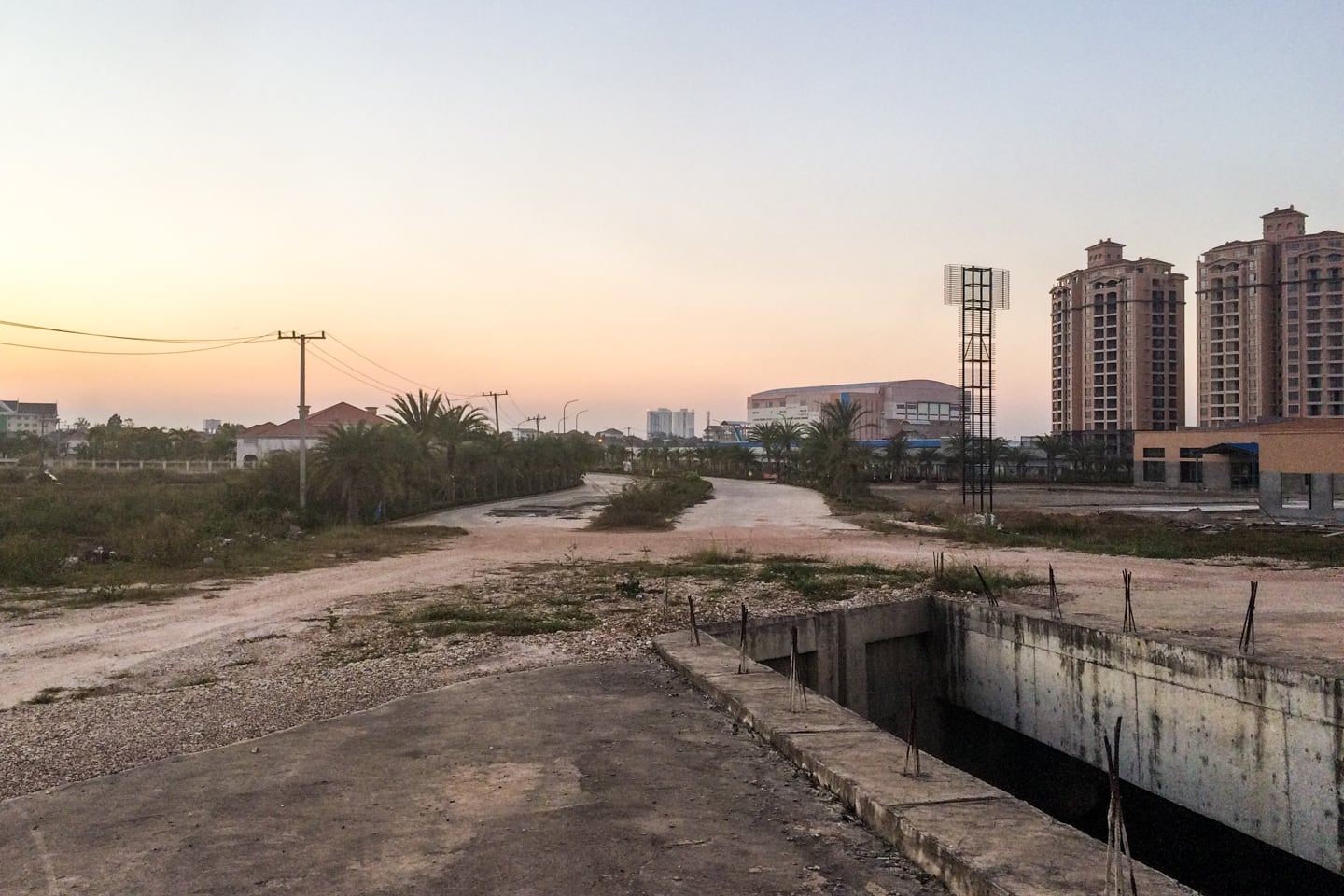
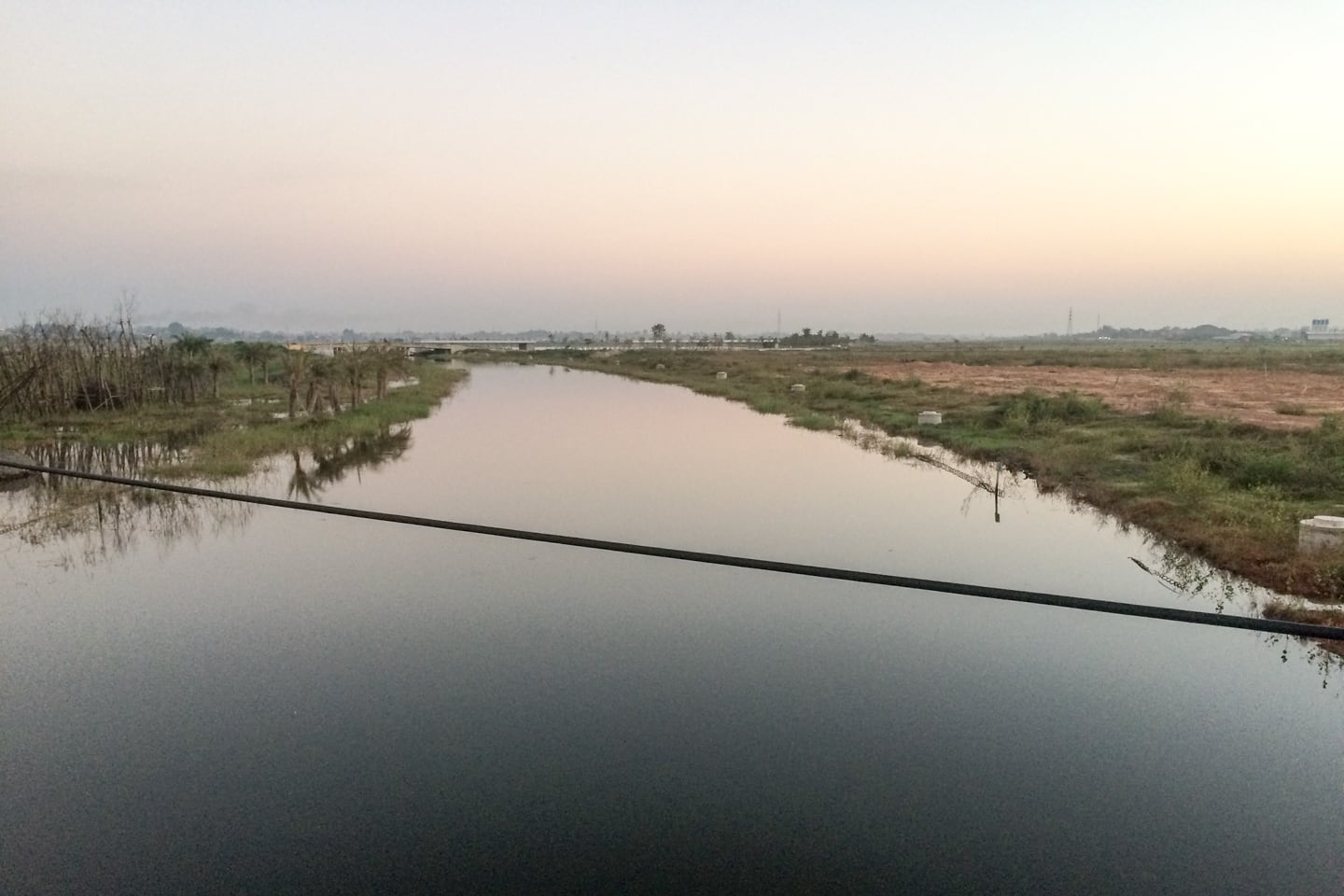
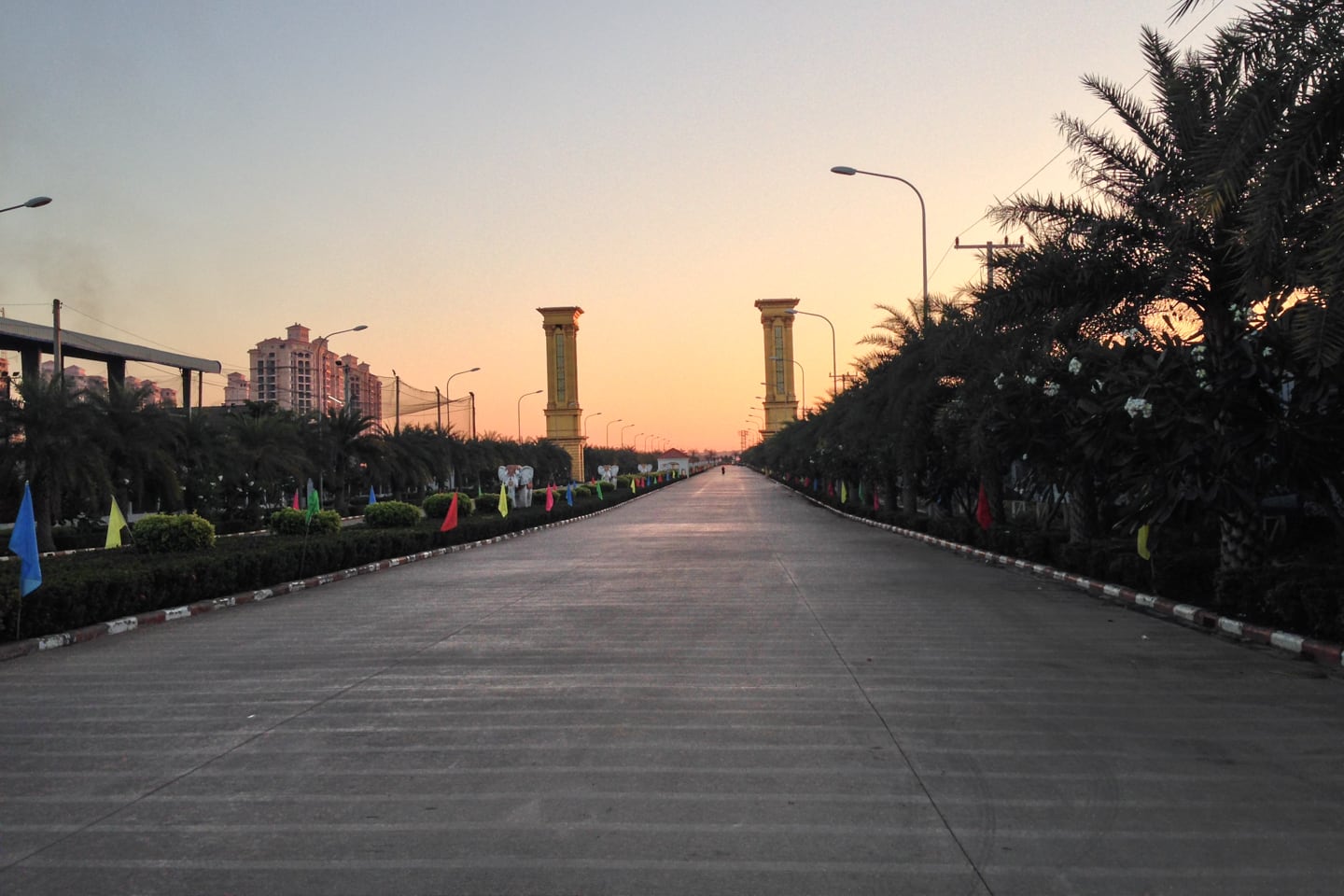
Now, if you’re sitting at home, say 10,000 miles from Vientiane, you’re probably saying to yourself, “big deal, it’s a construction project, right?”
It might help to bear in mind that Vientiane is a pretty laid back place. And when I say laid back, what I’m really trying to say is that it’s not your average East Asian capital.
Currently, the highest functional building in town is a nine-story hotel that dwarfs everything around it, though there are a handful of higher structures in progress scattered about the city…
Most of the high-density neighborhoods are the mishmash concrete and exposed rebar sorts that top out at three stories…
Roosters are a common sound in the morning, even downtown…
Half the roads in the central core are unsealed or poorly maintained enough that they appear as such…
Fishermen still fish from dugouts at the rivers edge…
You get the picture.
When finished, the SEZ will seem as much at home in Vientiane as Peking Duck at a Lao wedding…giant 20-story Peking Ducks, that is.

Now, if you’ve gotten this far and are wondering (like I did) what the ultimate finished project is supposed to look like some day. Take a look.
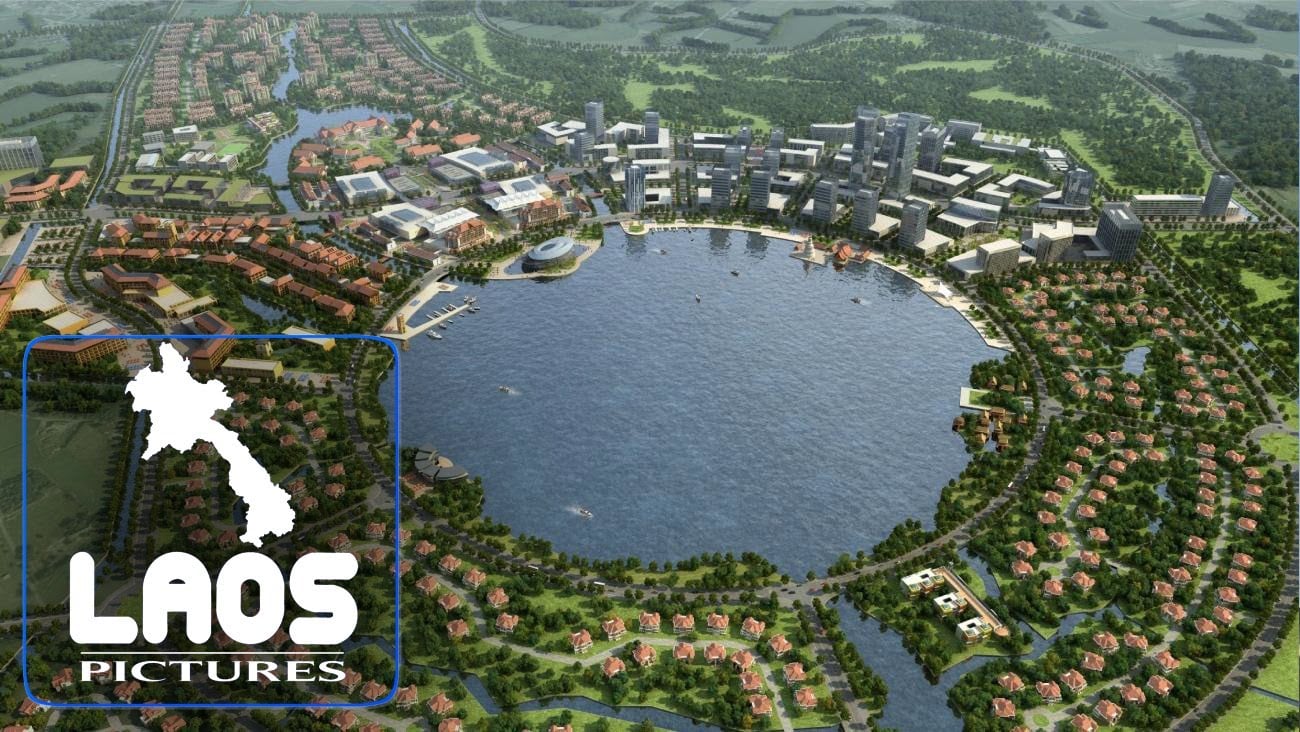
The highrises pictured at the top of this post are depicted in the upper left-hand quadrant of the image below—don’t see them? Keep looking!
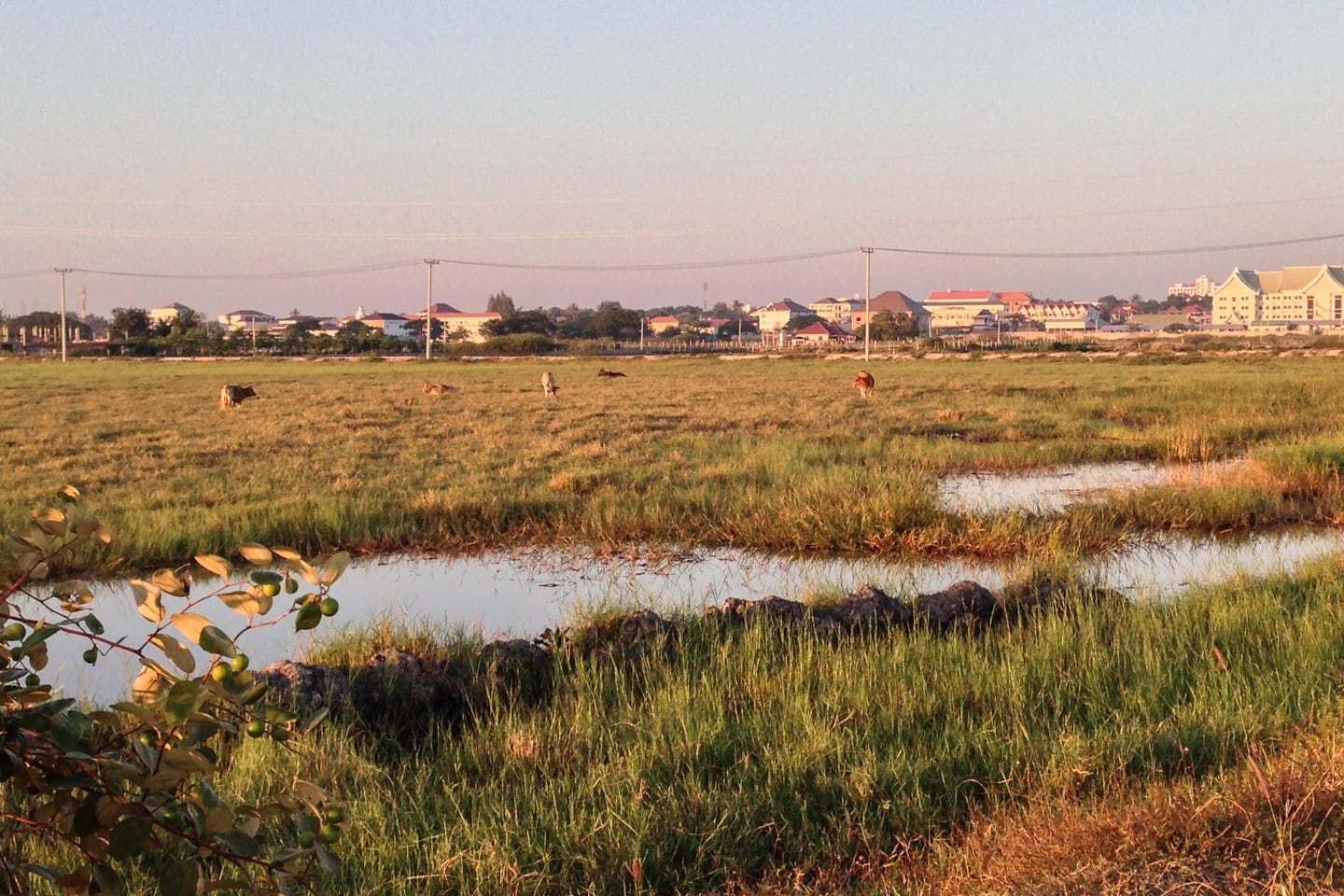
Seems they have a bit of a way to go…
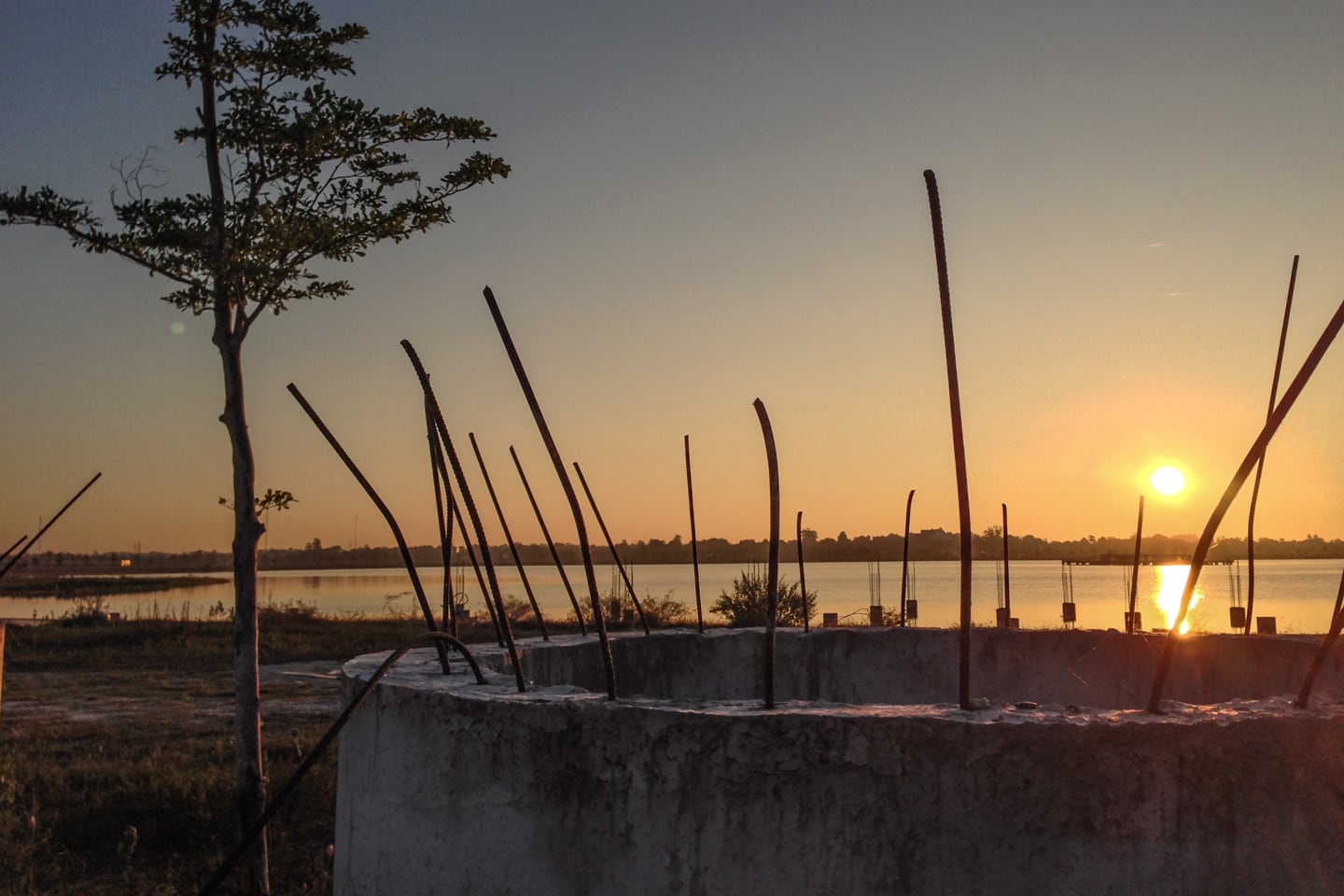
I realize the tone of my writing here might sound a bit disparaging. After all, I worked in the development sector for years and should be happy for the Laotian people moving forward in a big way, right?
Well, yes and no.
If this were truly a Laotian-led project targeting poor and working class Laotians, I promise you my tone would be very different.
Laos deserves progress, no doubt. It’s people deserve access to opportunities and a higher standard of living.
But, is a privately-funded Chinese mega-project on the outskirts of town catering to wealthy Chinese and other foreigners and the upper crust of Laotian society going to positively impact average families struggling to feed their families, get quality medical treatment, pay for their children’s education and have a greater voice in government?
Will the final project look anything like the master plan or will it ever get finished at all, given that Vientiane seems to have no shortage of high-priced residential and commercial space at the present moment and China’s economy will likely slow over the the next decade as a result of the current geopolitical climate?
We’ll check back in another 15-20 years when the entire That Luang development project is due for completion (which is looking much closer to 20 at the moment) and see how things have panned out.
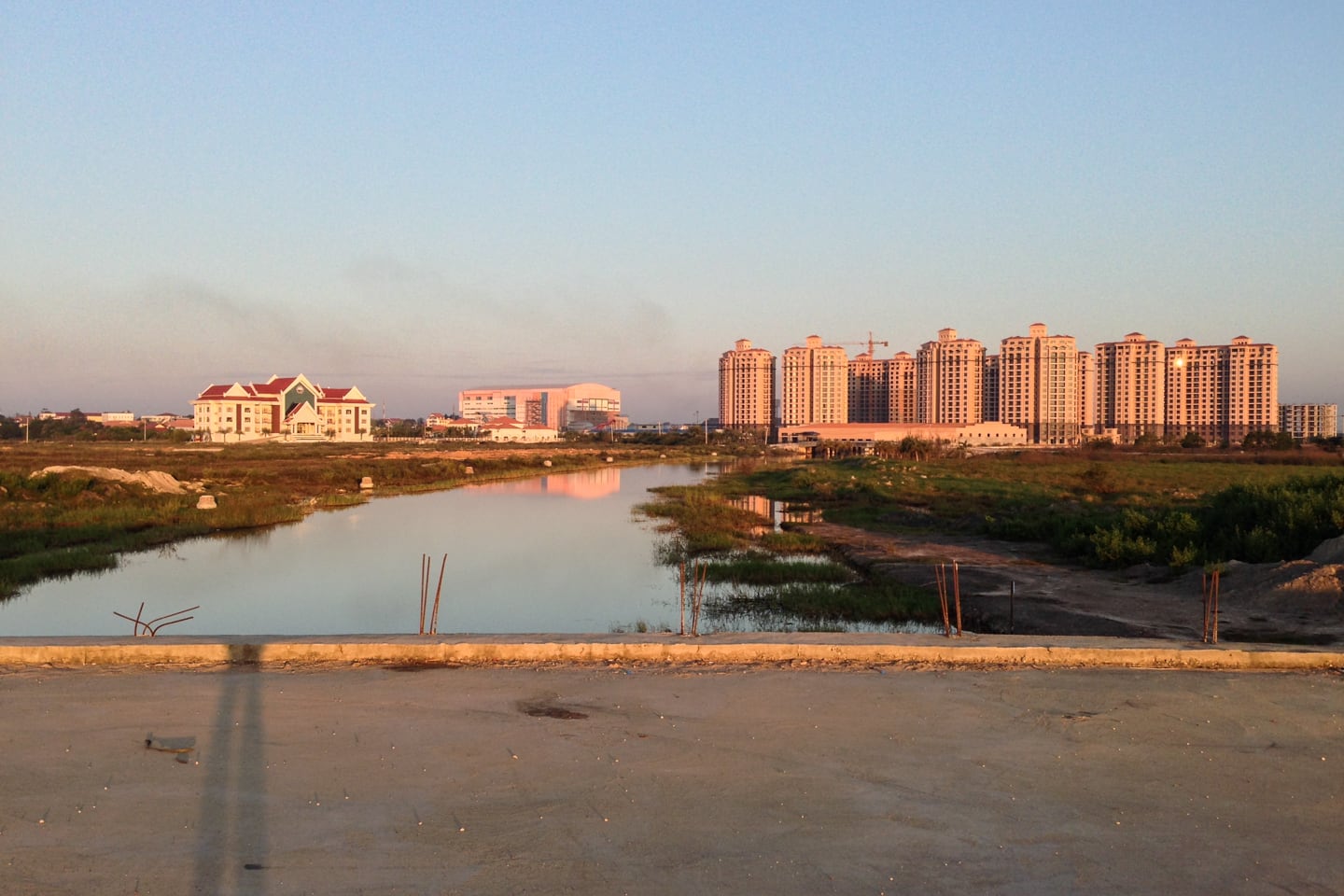
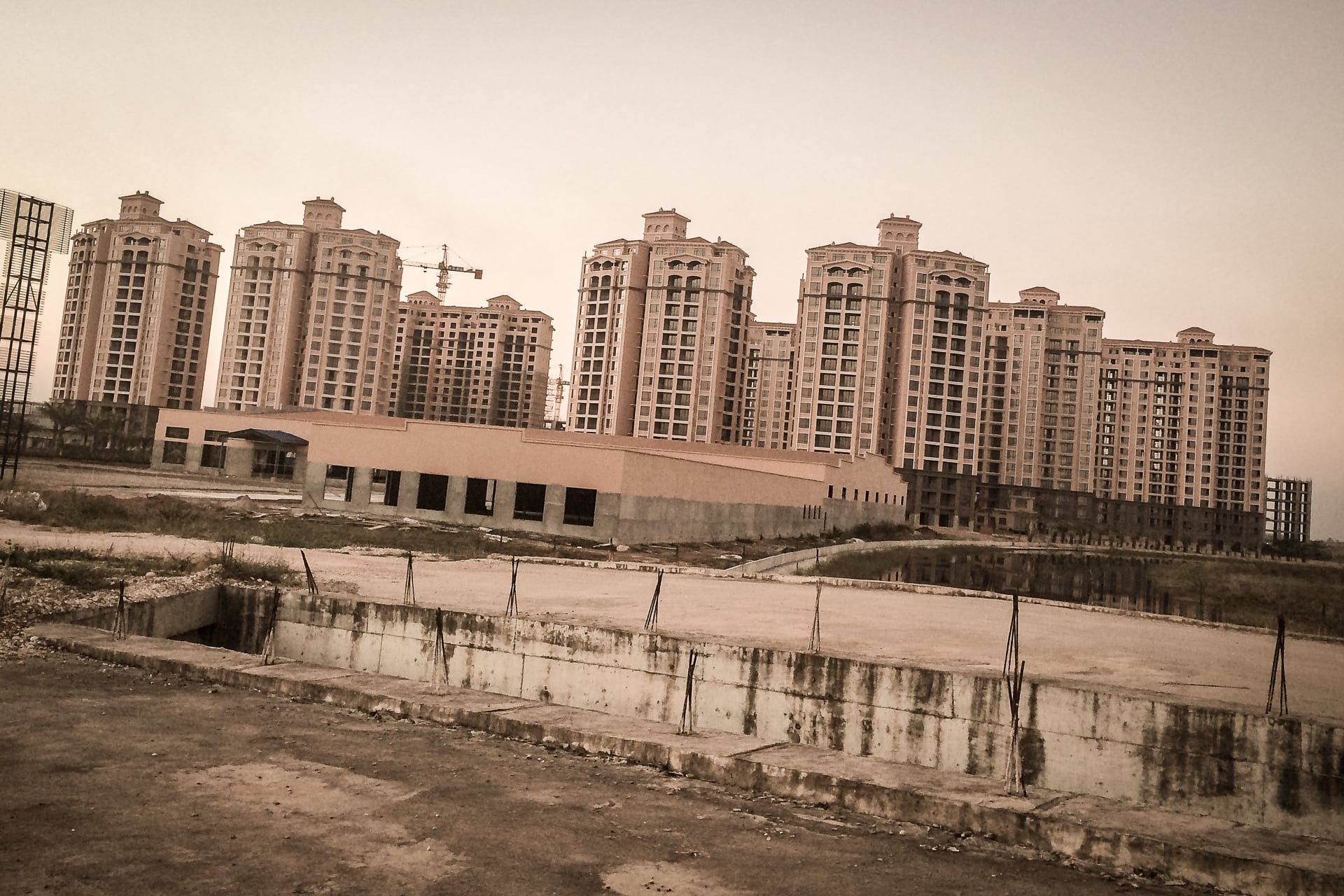
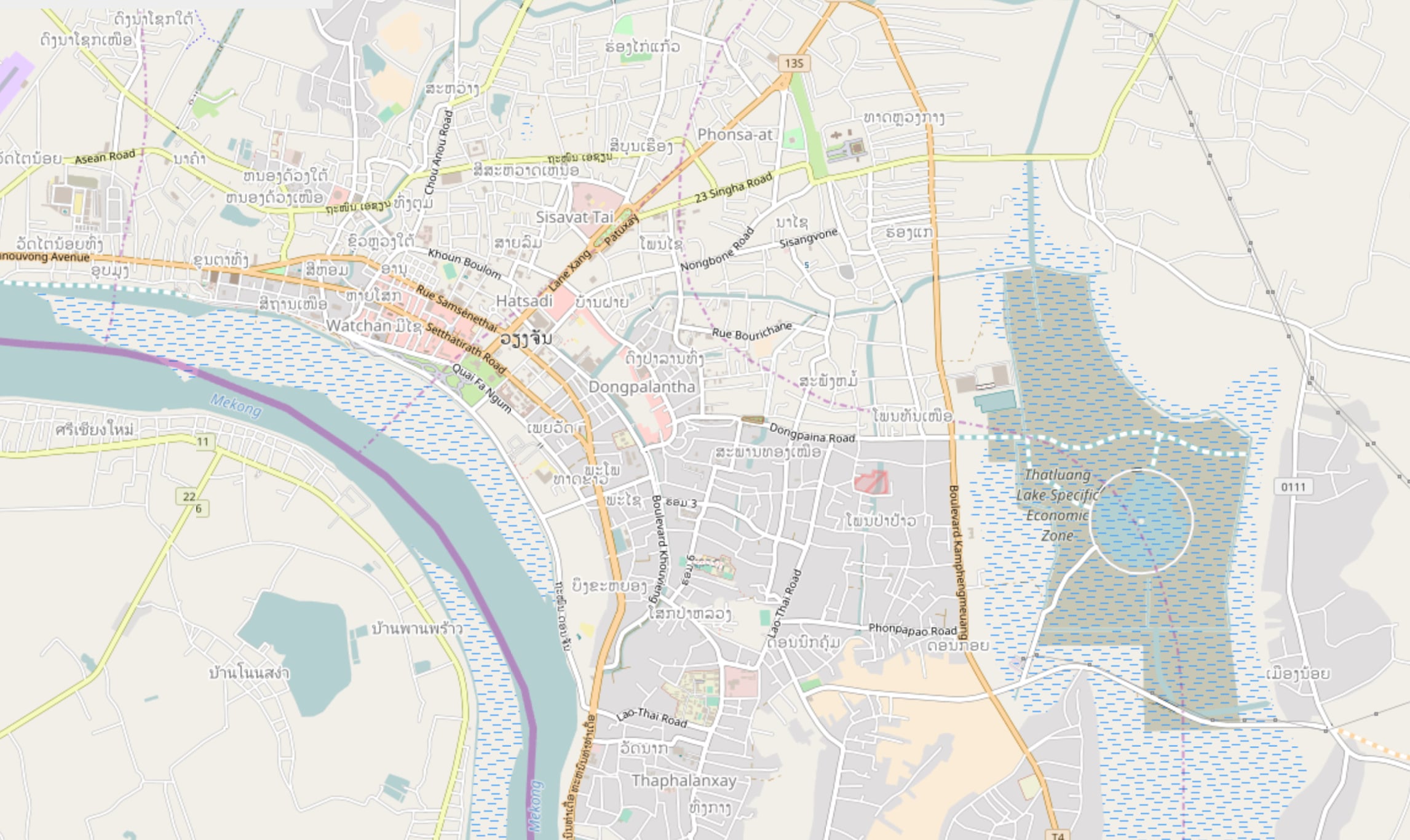


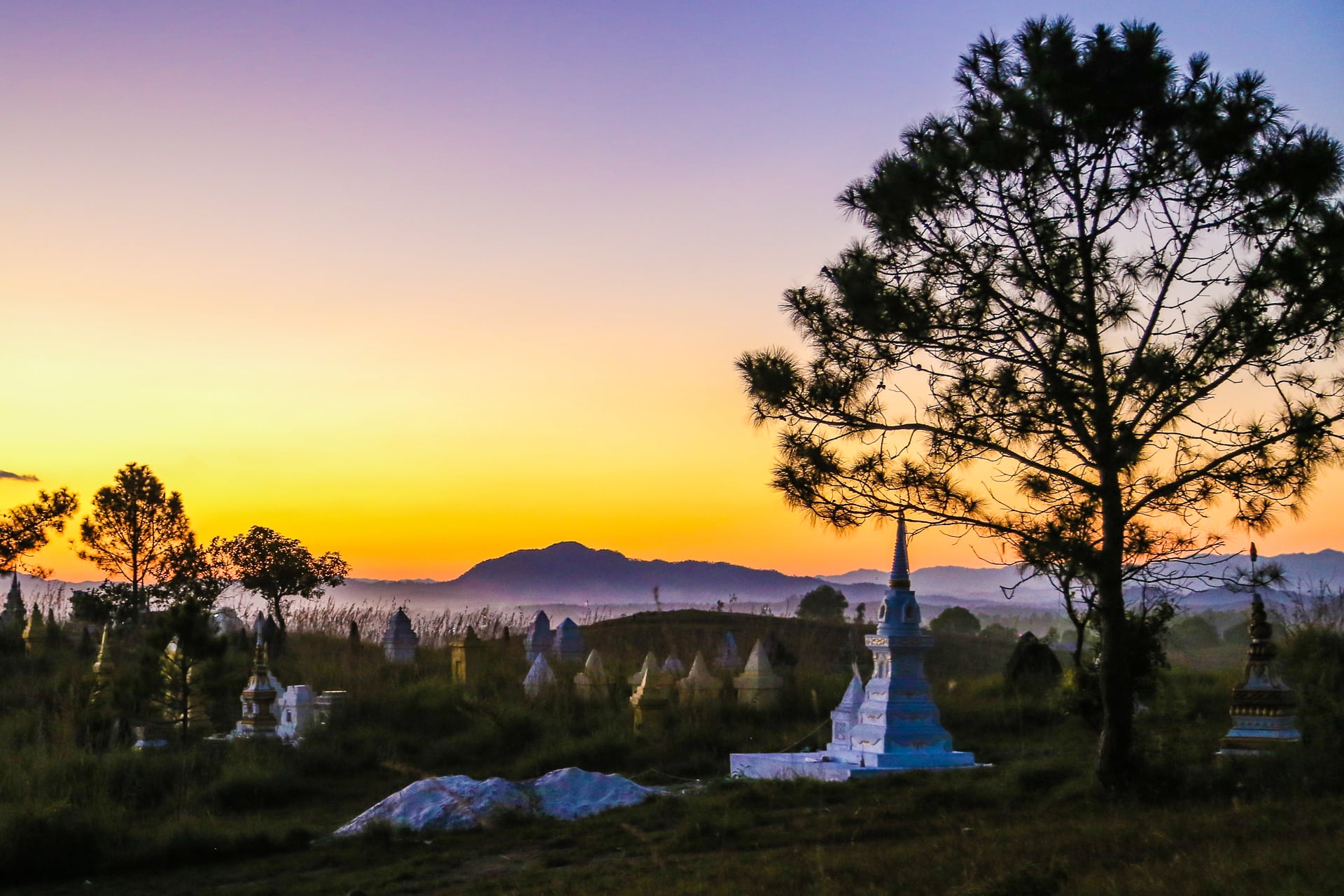
Very interesting. I enjoy reading your reaction to this type of “progress.”